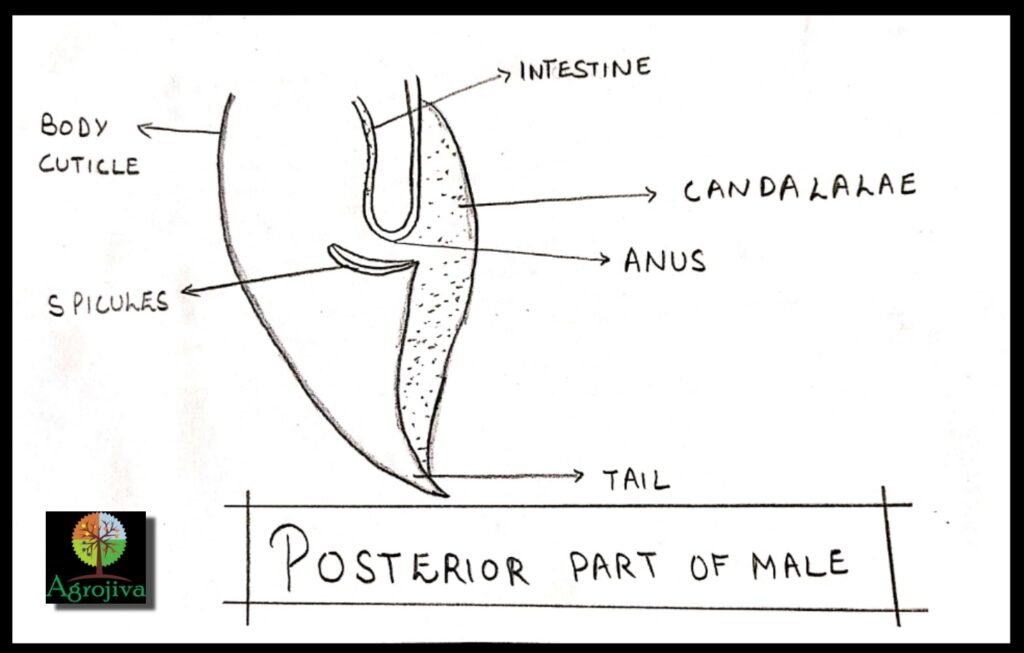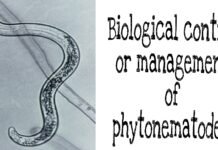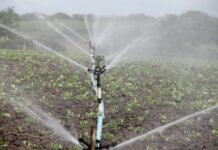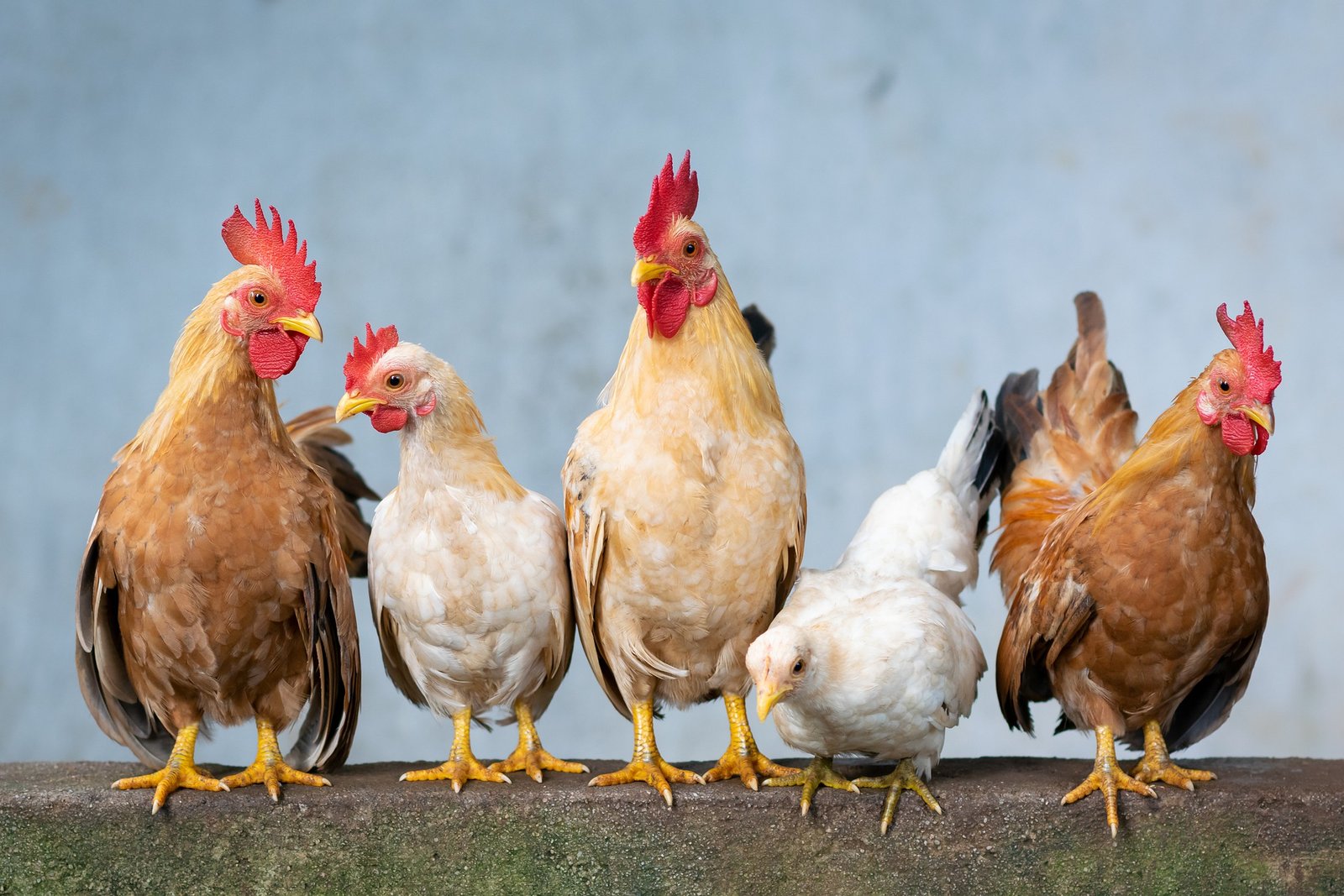Pratylenchus: The nematode commonly called “lesion nematode” because of symptoms on the infected parts of roots of the respective host.
Earlier it is described as Genus Tylenchus and species is praensis.
Right known synomized as “Pratylenchus”.
Taxonomic position:-
| Phylum | Nematoda |
| Class | Secernentea |
| Order | Tylenchida |
| Family | Tylenchidae |
| Genus | Pratylenchus |
| Species | penetrans |
Diagnostic Feature:-

- These are vermiform, elongated 0.3-0.5mm in length.
- Anterior end blunt, rounded, while gradually tapering posteriorly.
- Body cutacularized.
- Head continuous to body
- Oesophageal gland present.
- Intestine elongated and straight.
Male (Pratylenchus):-

Body towards posterior extremity carries caudal alae continued with a tail.
- Coupulary structure assisted by one pair of spicules.
Female (lesion nematode) :-

- vulva present.
- vulva is post equatorial in position.
- ovary mondelphic, prodelphic.
- posterior extremity devoid of caudal alae.
Host and Distribution:-
- Polyphagus in nature therefore can infect many plants.
- These are found distributed in tropical and subtropical regions.
Life Cycle:-
- Mature worms reproduce sexually parthenogensis may also reported.
- Mature female laid their egg in the root cortex.
- These are migratory and endoparasitic.
- They migrated either intracellularly or intercellularly.
- All the stages are infective (during the development),
- Life cycle completed in 3-4 weeks at 31 °C on the coffee plant. (P.penetrans)
Symptoms:-
- Spotted or lesions on the root (near to root cap or growth zone)
- Wilting of plantlets.
- Yellowing of veins and leaves.
Management of Pratylenchus:-
- When the fields are infested by the lesion nematode.
- Seeds should be resistant to Pratylenchus.
- Up root the plants from the field.
- Soil should be treated and free from infective stages.
- Crops should be treated “parampiphos (organophosphate) @ 3g/plants up to 3 months”.
Read More:- List of Agricultural Revolution in India Click here
















[…] Read More:- Pratylenchus penetrans (lesion Nematode) Click Here […]
[…] Read More:– Pratylenchus penetrans (lesion Nematode) Click Here […]
[…] Read More:– Pratylenchus penetrans (lesion Nematode) Click Here […]
[…] Read More:– Pratylenchus penetrans (lesion Nematode) Click Here […]